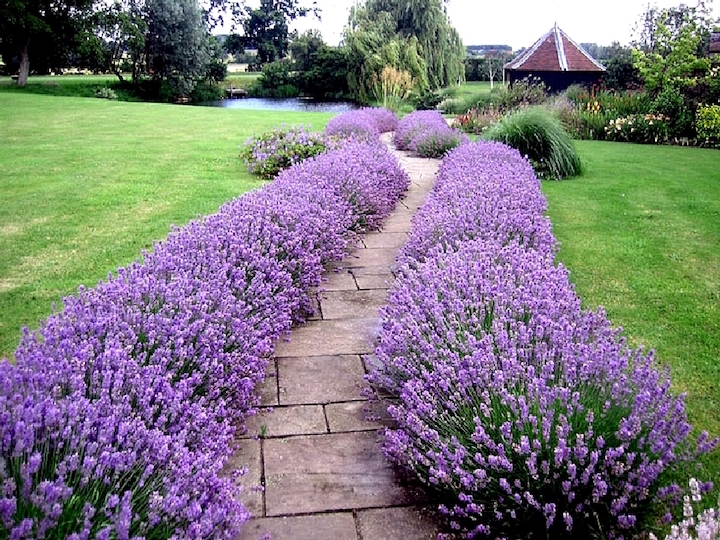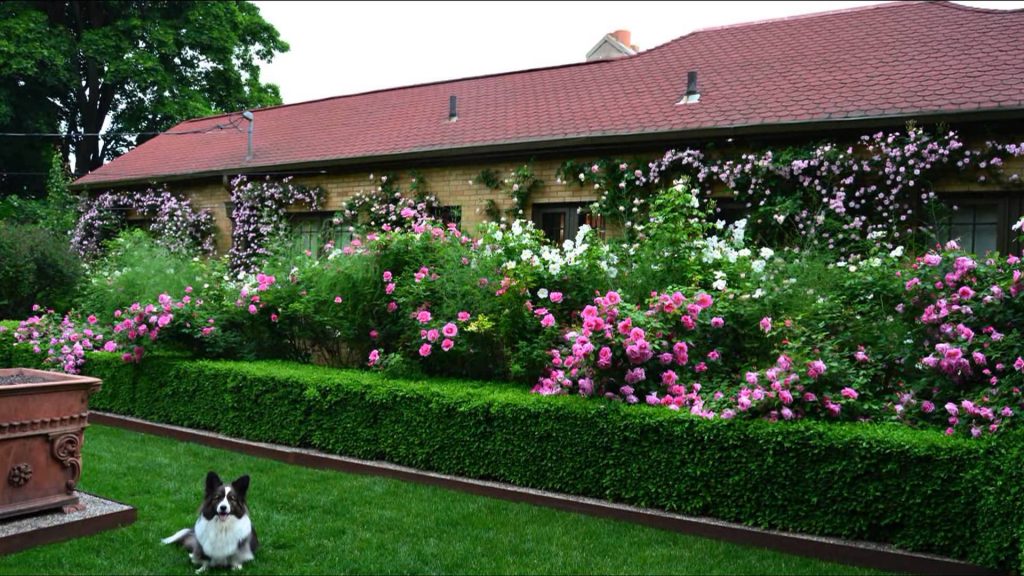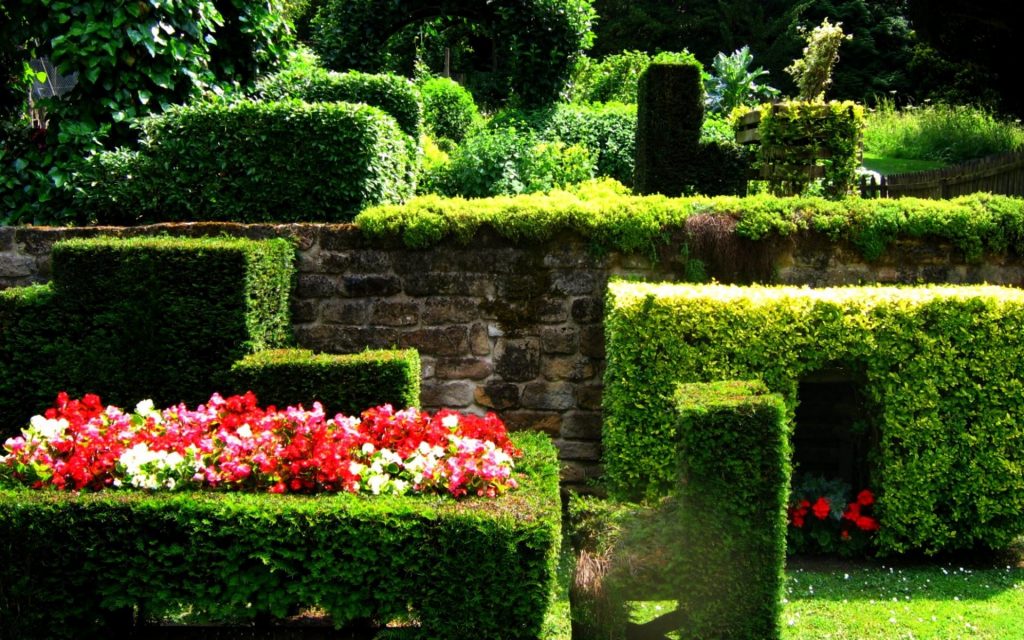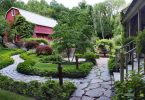A hedge of plants and flowers is a very beautiful design solution
A hedge or a border of plants and flowers is a very beautiful design solution. The most common material for a border is stone. It is believed that it is this natural material that best distinguishes the border of the flower bed or lawn. However, the design of a flowering lawn with a living border will become more original. In many European countries, such borders are very popular, and boxwood is considered the most suitable plant for them. However, boxwood is not suitable for the climate of the middle zone – it is too thermophilic, in addition, there are many plants from which wonderful live borders will come out. The role of the border can be played by many plants, the main thing is that their height does not exceed 40 cm, and the width is about half a meter. Subject to these conditions, the border will not interfere with the plants in the flowerbed, will not block the light for them. Low-growing shrubs – ideal plants for a live curb.

One such border plant is the dwarf spirea. This short bush blooms with white flowers until mid-July. She is unpretentious and feels good on any soil. One of the conditions for good growth of spirea is good illumination. Prune when the plant is dormant..
In our opinion, using herbs such as mint, oregano or parsley is a great idea. These plants perfectly fulfill the role of a living border, and after trimming it, unnecessary leaves can immediately go to the kitchen and be used in cooking. Pay attention to the mint. Its different types have different colors. For example, peppermint is dark green, sometimes with a red tint, and spikelet is light green, which is suitable for decorating flower beds in gentle colors. Keep in mind that mint tends to grow a lot. Therefore, first of all, plant it in separate pots, and then dig them in around the perimeter of the flower bed. And don’t forget to prune regularly..
Cochia and gomfena are annual plants. Kohia is called the summer cypress. Its bushes are spherical in shape with a huge number of thin long leaves. Kochia prefers loose soil, non-acidic, dry. Gomfena is not picky. It is better to plant it in the ground with seedlings after spring frosts..
There are some general rules for creating any living curbs: the place where the curb will grow must be free of weeds and fertilized if the soil needs fertilization. Plants are planted with both seeds and seedlings. If you decide to use seedlings, then plant the seeds in separate pots, wait until they gain enough strength and plant them in the ground. We recommend planting plants (seeds or seedlings) in two rows. The distance between the rows should not exceed 15 cm.To achieve a sufficient curb density, 15 – 20 plants should fall per meter, depending on the species.
Imagine, experiment, combine living and stone borders. Surprise yourself and your loved ones with variety!











